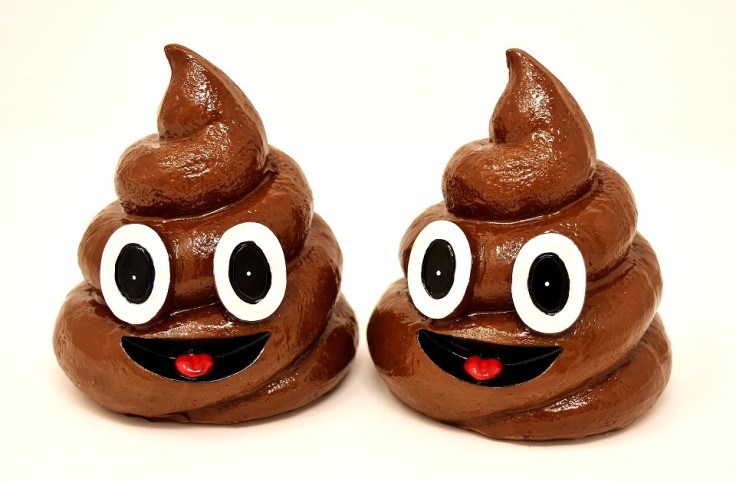First-time parents might be alarmed by the color, texture, and frequency of their breastfed baby's poop. But if you are the one changing your little one's diapers from day one, you will witness the various changes in their poop.
Breastfed baby poop could tell you a lot about your infant's health. It will also let you know if your bundle of joy is downing enough breast milk. Read on to find out the different normal poop that you would encounter before you dial your pediatrician's number.
What to expect in the first poop
Being in-the-know lets you become more confident at taking care of your newborn. Author of "Baby Poop: What Your Pediatrician May Not Tell You," Linda Folden Palmer, M.D., said that your baby might have dark green stool during the first few days. She explained that it contains everything your little one ingested in the womb, known as the meconium. The greenish-black tar or motor oil-like stool is made up of water, mucus, bile, amniotic fluid, and skin cells.

See also: When to Stop Breastfeeding: 5 Reasons for Moms to Stop Nursing
What is the normal breastfed baby poop
Soon, your baby's stool will turn from black-green to army green as your infant drinks breast milk. The thick motor oil-like consistency will become looser and lighter.
Dr. Palmer said that your baby's stool will become mustardy in color and seedy in texture within three, four, or five days. She explained that while it might look like yellow diarrhea, it will have a sweet scent. If it has a slightly different color or texture than the one described, do not worry. Dr. Palmer said that some exclusively breastfed babies have a peanut buttery colored poop but is healthy.
See also: When Do Babies Sit Up? Tips on How to Help Your Baby
What green baby poop means
Dr. Palmer explained that there are many. It could be due to an iron supplement or something the mom ate. It could also indicate a stomach illness, intolerance to mom's diet, or insufficient breast milk intake.
If you notice that your infant is fuzzier, has excess hunger, or has infrequent stools, it may mean that she is not getting enough milk. You may talk to your pediatrician or OB-GYN, or seek the help of a lactation consultant if you think your baby is getting too little milk.
See also: When Do Babies Roll Over? Experts Share Tips to Help Your Baby Start Sooner
Foremilk hindmilk imbalance is another reason that your baby passes green poop. Dr. Palmer said that if a baby nurses too little at a time, sometimes she gets mostly foremilk, which is high in sugar lactose. Because it does not get digested quickly, your baby becomes gassy and causes her green stool to be frothy.
To solve the issue, make sure that your little one gets to drink the fatty milk that comes at the end of the nursing session called the hindmilk.

Other colors and textures to watch out
Your infant will start having brown and smelly stool, like adult's, as she starts eating solid food. Tell your pediatrician if you see any red or black color in your breastfed baby's poop. Sometimes red beets or blood from cracked nipples could cause red coloration in the stool. But take note that an illness or gastrointestinal injury could also cause red-black stool in babies.
How often should your baby poop
Usually, a breastfed newborn passes stool almost every after feeding, about five to 12 times a day. The frequency will change to three to four times after a few weeks.